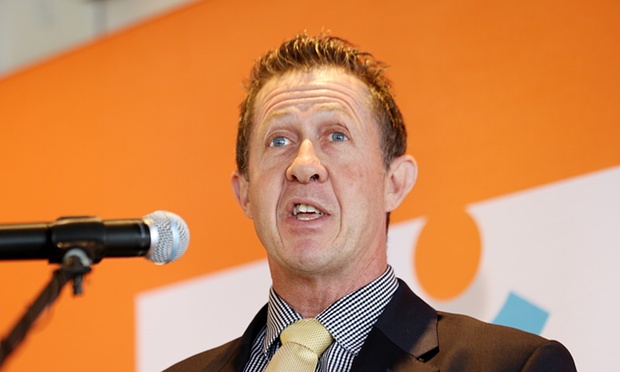2015 has been a tumultuous year for the Australian Vocational Education and Training (VET) industry, with the media continuing to uncover stories of abuse within the system.
Hot on the heels of the Senate Inquiry into private VET providers, the newly appointed Turnbull government have announced this week, that they will be introducing new laws to the VET sector after reports of malpractice resulted from the inquiry.
These proposed laws include a cooling-off period for taxpayer-funded loans, fines for unscrupulous operators and a requirement by providers to check the literacy and numeracy skills of students before they start diplomas for which commonwealth loans are available. Before announcing this new legislation, Vocational Education Minister Luke Hartsuyker put emphasis on the need to revert the focus of the VET industry back to the students.
“This shouldn’t be an education system that is driven by education providers trying to increase their market share,” he said.
The notion of a student centred education system is already at the forefront of The Victorian Government’s strategy. Over the last two years the Victorian Government have created and released a Performance Indicator Project, in order to gain vital feedback from both students and training providers on how satisfied they are with the training being delivered.
The aim of this project is to use the feedback collected, to develop and present RTO performance measures that underpin student and employer choice and can be used for RTO improvement, better targeted risk-based contracting and regulation and better policy.
So far the Victorian Government have heard from almost 40,000 students and 3,000 employers within Victoria (as Victoria receives the largest proportion of government funding due to the highest number of RTOs*) regarding the satisfaction levels of their training organisation.
The 2014 data has already been collated and in September this year, a draft report summarising the feedback was sent to almost 300 RTOs. The report categorises the findings into 11 key performance measures and emphasises comparisons between students that completed their training courses and those that were unable to/decided not to. The 11 key performance measures are:
-Improved employment status for those who have completed training
-Salary of full-time workers after training
-Proportion of training completed
-VET graduates who have improved foundation skills following training completion
-VET graduates to go onto further study
-VET graduates acquiring skills relevant to the labor market
-Number of learners who are engaged in the training process
-Number of students who have a positive perception of their learning experience
-Clients of the VET system who would recommend the institute
-Number of students who have a positive perception of the assessment process
-Employers with direct relationships with RTOs are satisfied with interactions with RTO staff and the training provided by the RTO
The report also encourages RTOs to seek professional development opportunities toward improving their performance. Practical strategies such as investing in a reliable student management system that can assist with compliance regulation, tracking the numeracy and literacy skills of students and implementing a consistent review of course assessments, have all been recommended to help training providers ensure they meet compliance standards.
While data from these surveys is still being collated (especially from this years’ participants), there is no doubt the findings will provide greater insight into what it would take for RTOs to improve their overall performance, in the eyes of both the students and employees.
These findings, along with the new laws announced today demonstrate a shift in focus for 2016 and an emphasis on improving and lifting the performance quality within the VET sector, much to the joy of students and training providers alike.
To find out more about the Performance Indicator Project, or to access the findings from the 2015 student and employer surveys (which are currently in development) contact the Victorian Department of Education and Training: http://www.education.vic.gov.au/training/providers/rto/Pages/performanceindicator.aspx
*IBISworld, 2015
